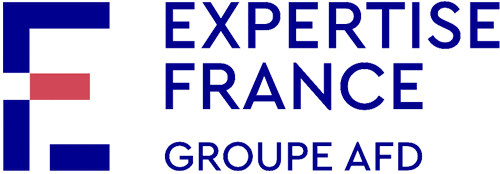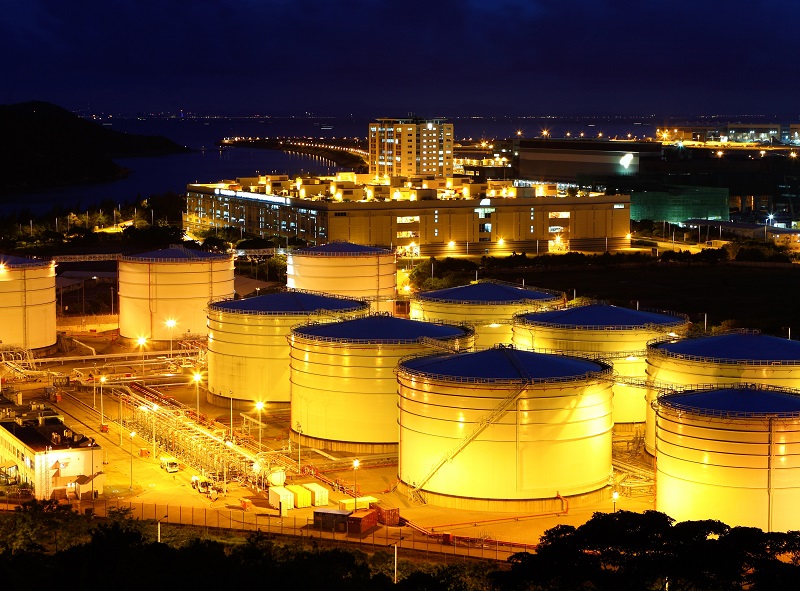Supporting capacity building of Iraq’s Radiation Protection Centre on Radioactive Waste Management

Objective
-
1.7M€BUDGET
-
01/10/2022PROJECT START
-
36 monthsDURATION
Context : promising past initiatives to strengthen Iraq's nuclear waste management efforts
The Iraq Nuclear Decommissioning Project, initiated in 2006 in response to Iraq's request to the International Atomic Energy Agency (IAEA), aims to managing radioactive waste, treating contaminated sites, and establishing relevant legal frameworks. The project works on adressing the needs stemming from successive conflicts and destruction of nuclear facilities at Al-Tuwaitha, the main Iraqi nuclear facility, which has been heavily affected by military activities and looting over the last two decades.
Between 2016 and 2020, a project implemented under the Instrument for Nuclear Safety Cooperation (INSC) of the European Commission supported the national Iraqi authorities in strengthening their national capacities on nuclear waste management, in order to achieve a level of efficiency consistent with international standards, European best practices, and the International Atomic Energy Agency (IAEA) recommendations.
In light of the project’s success, a second phase was launched in October 2022, with the aim of supporting the Radiation Protection Centre (RPC) of the Iraqi Ministry of Environment in refining its procedures, developing a comprehensive waste management plan, and fostering a safety-oriented culture.
Different components of the project : a comprehensive approach
Strong of their expertise in the nuclear domain, three French agencies came together to implement the second phase of the project.
Alongside Andra and IRSN, Expertise France has been supporting the Radiation Protection Centre to achieve the following specific objectives:
- To improve infrastructure rules related to radioactive waste disposal facilities;
- To strengthen the license management (of disposal facilities);
- To improve regulation and monitoring in the field of nuclear safety, more particularly of radiation protection in the context of management, decommissioning and clean-up of radioactive waste.
The project does so through six main tasks:
- Training in the subject of site licensing application;
- Evaluation of input data robustness of radioactive waste inventory, radioactive waste characterisation methods and radioactive waste acceptance criteria development;
- Regulatory standards operation procedures (SOPs) for authorisation and inspection of decommissioning, remediation, radioactive waste treatment, storage and disposal facilities;
- Development of the inspection programme;
- Development of safety guides and standards operation procedures for regulatory review and assessment of the authorisation document of nuclear installations;
- Development "Quality assurance and quality control programme" for ALPHA spectroscopy in the nuclear analytical laboratory at RPC laboratory.
The European Instrument for International Nuclear Safety Cooperation
The project is implemented under the framework of the European Instrument for International Nuclear Safety Cooperation, which was launched in 2014.
The objective of the INSC is to support the promotion of nuclear safety culture and radiation protection, the safe management of spent nuclear fuel and radioactive waste and the application of effective and efficient safeguards relating to nuclear materials in non-EU countries.
It does so by cooperating with the key stakeholders, and in particular with the responsible nuclear regulatory authorities, with the aim of transferring EU expertise and promoting transparency by non-EU countries’ authorities in nuclear-related decision-making.
As of 2022, 26 countries had benefited from EU assistance in relation to nuclear safety while 36 regulatory documents had been drafted and adopted with the support of the instrument (2014-2022).
 For more information about the Instrument, visit the website
For more information about the Instrument, visit the website


